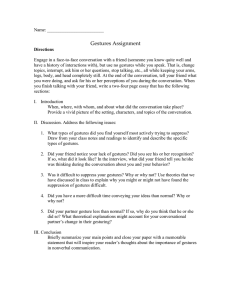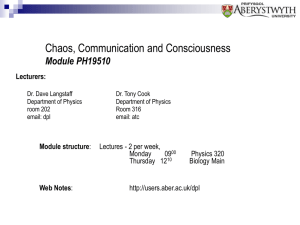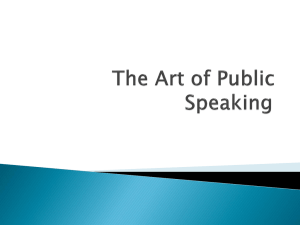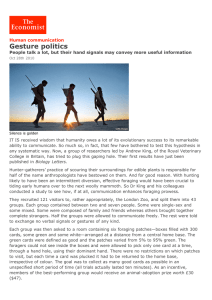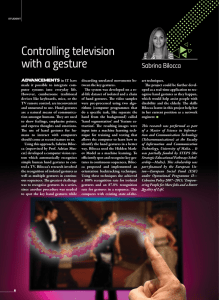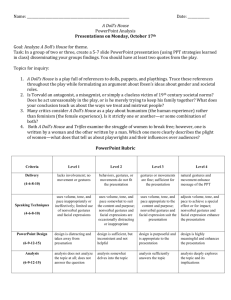Toddler Language Delay Assessment Checklist
advertisement
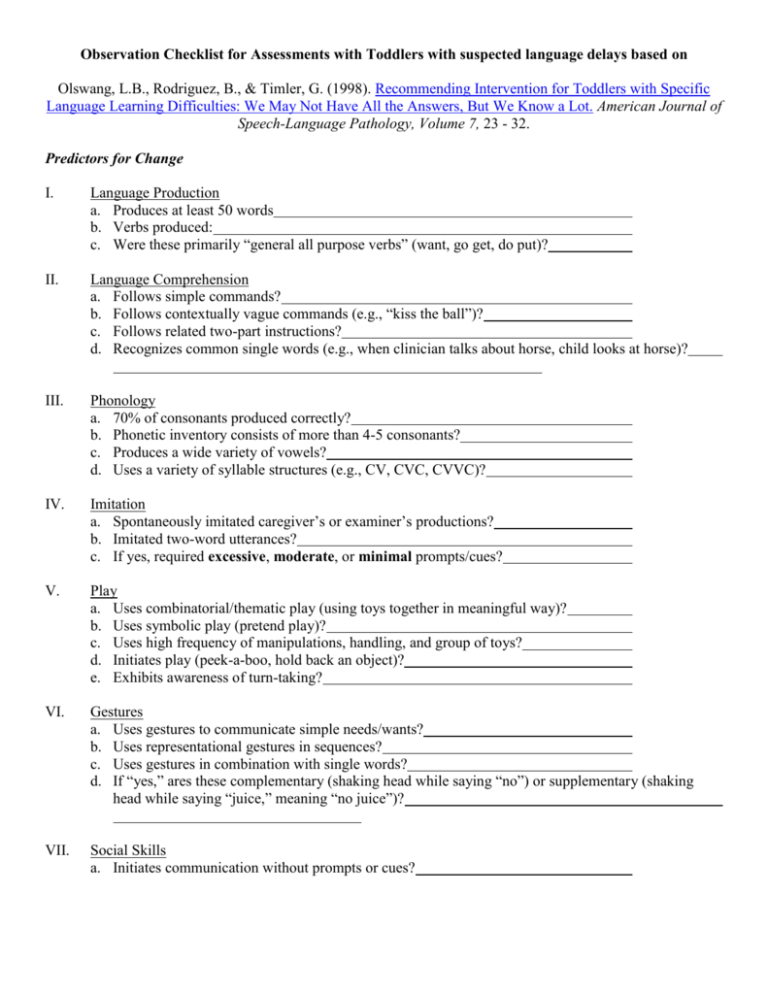
Observation Checklist for Assessments with Toddlers with suspected language delays based on Olswang, L.B., Rodriguez, B., & Timler, G. (1998). Recommending Intervention for Toddlers with Specific Language Learning Difficulties: We May Not Have All the Answers, But We Know a Lot. American Journal of Speech-Language Pathology, Volume 7, 23 - 32. Predictors for Change I. Language Production a. Produces at least 50 words b. Verbs produced: c. Were these primarily “general all purpose verbs” (want, go get, do put)? II. Language Comprehension a. Follows simple commands? b. Follows contextually vague commands (e.g., “kiss the ball”)? c. Follows related two-part instructions? d. Recognizes common single words (e.g., when clinician talks about horse, child looks at horse)? III. Phonology a. 70% of consonants produced correctly? b. Phonetic inventory consists of more than 4-5 consonants? c. Produces a wide variety of vowels? d. Uses a variety of syllable structures (e.g., CV, CVC, CVVC)? IV. Imitation a. Spontaneously imitated caregiver’s or examiner’s productions? b. Imitated two-word utterances? c. If yes, required excessive, moderate, or minimal prompts/cues? V. Play a. Uses combinatorial/thematic play (using toys together in meaningful way)? b. Uses symbolic play (pretend play)? c. Uses high frequency of manipulations, handling, and group of toys? d. Initiates play (peek-a-boo, hold back an object)? e. Exhibits awareness of turn-taking? VI. Gestures a. Uses gestures to communicate simple needs/wants? b. Uses representational gestures in sequences? c. Uses gestures in combination with single words? d. If “yes,” ares these complementary (shaking head while saying “no”) or supplementary (shaking head while saying “juice,” meaning “no juice”)? VII. Social Skills a. Initiates communication without prompts or cues? Risk Factors I. Heritability a. Family history of language/speech disorders? b. If “yes,” what relationship and which disorders? II. Otitis Media a. History of ear infections? b. If “yes,” what was the frequency and the treatment(s)? III. Parental Interaction a. Frequently engages child in reciprocal social interactions? b. Follows child’s lead and participates in contingent interactions? c. Maintains joint attention around objects and events in environment? d. Provides language models in a simplified manner? e. Controls interaction? f. Verbally dominates (excessive talking?) g. Uses complex sentences and sentence structure? h. Uses primarily questions or statements when interacting with child?



